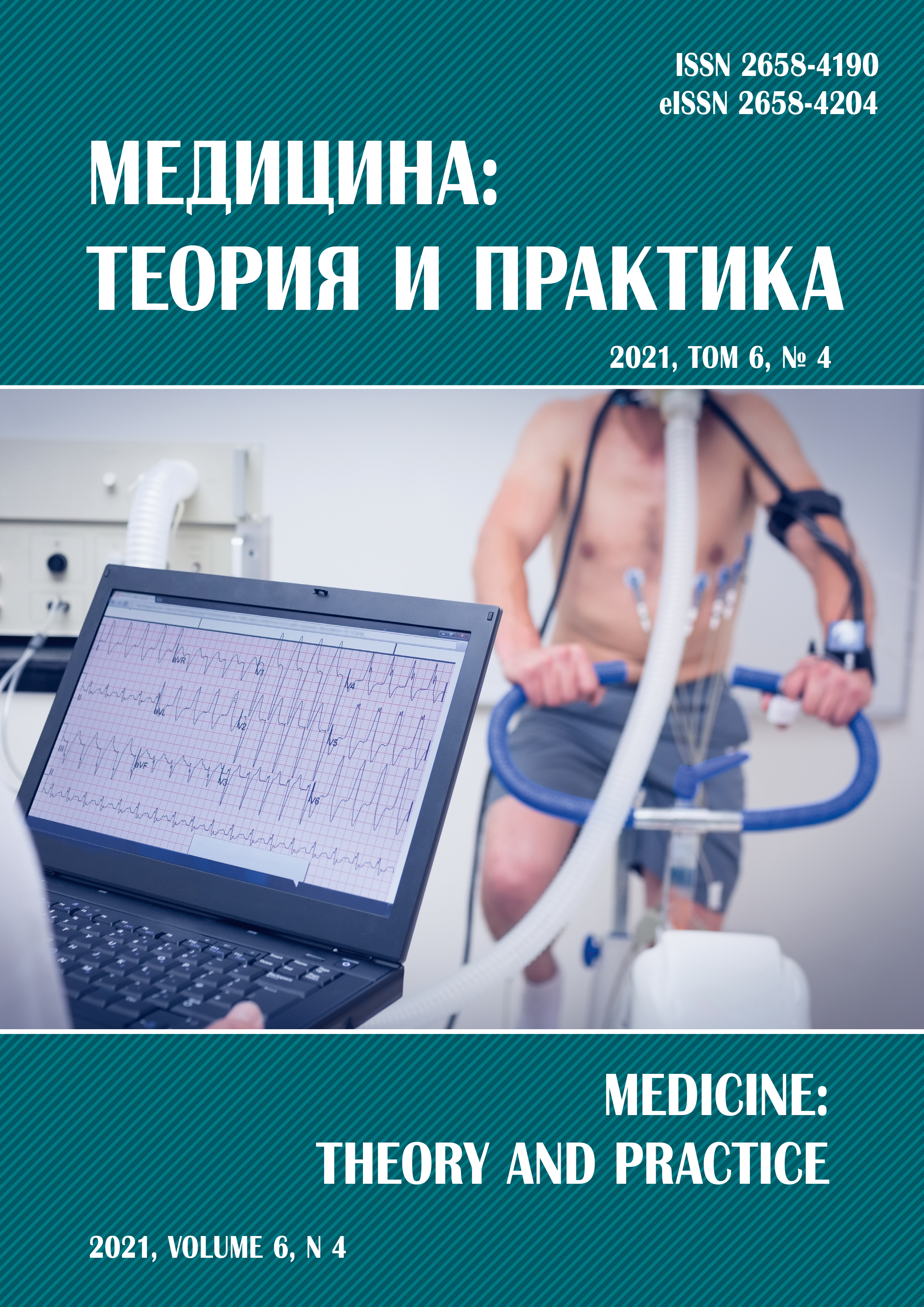Community-acquired pneumonia in children during the coronavirus pandemic
Abstract
Relevance. The coronavirus disease pandemic has significantly changed the epidemiological situation around the world. Despite the fact that only 1% of children have a severe course of the disease, studying the features of COVID-19 in children is very important, since the asymptomatic course of coronavirus disease in children endangers the health of adults and the elderly. The article discusses the epidemiology, etiology and pathogenesis of community acquired pneumonia with a typical, atypical course and with COVID-19 infection, specific features of COVID-19 pneumonia in children Objective. to study the features of community acquired pneumonia in children during the coronavirus pandemic. Materials and methods. The results of observation of 21 children with community acquired pneumonia occurring during the coronavirus pandemic are presented. A correlation of different strengths between the severity of the CAP main symptoms of community acquired pneumonia with a test positive for COVID-19 has been shown. Statistical processing of experimental data was carried out using the SPSS program (Statistical Package for the Social Sciences) with the calculation of the Spearman’s correlation coefficient (rxy) and the assessment of the reliability using the table of standard correlation coefficients (p). Results. In 71.5% of cases, pneumonia in the study group of children was caused by atypical pathogens (Mycoplasma, Chlamydia, Epstein-Barr virus). 15 children underwent serological testing for COVID-19, 10 (66.7%) tested positive. A positive correlation was established between the frequency of a typically flowing CAP and the duration of the manifestation of intoxication (rxy=0.3; p<0.094). In COVID-19 positive patients a weak positive correlation with the severity of CAP was obtained (rxy=0.219; p <0.03). Longer duration of respiratory manifestations was observed in children with CAP of mixed etiology with bronchial obstruction; 42.9% of them tested positive for COVID-19; no correlation was found between the frequency of bronchial obstruction in COVID-19 positive patients with CAP (rxy=-0.125; p <0.001). Conclusion. 1. In more than half of patients, CAP was caused by atypical pathogens. 2. The severity of fever in children with CAP showed weak correlation with a positive COVID-19 test. 3. No link has been established between longer lasting respiratory symptoms in children with CAP of mixed etiology and with a positive COVID-19 test.



